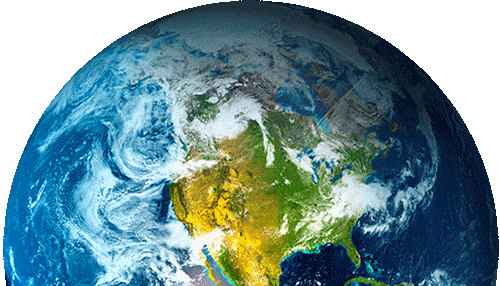Developer corner: Compact choropleth map styles with the Categorize function
One common task in cartography making is setting up a choropleth map, that is, a map showing different shades of colors or patters for different categories of a statistical attribute, such as population.
GeoServer example data directory ships with two such examples using an old USA states map having, among others, population count per state. The two following maps should be familar, the first is using the population style, the other the pophatch style:

 The original styles use a typical SLD 1.0 setup to build choropleth maps, that is, use rule filters to tell apart the categories.
The original styles use a typical SLD 1.0 setup to build choropleth maps, that is, use rule filters to tell apart the categories.
This is fine, but also quite verbose, especially since the only thing that changes between one rule and then next is a color or a graphic size.
SE 1.1 introduces the Categorize function, mainly as a way to categorize raster data, but in such a way that it can be used against vector data as well.
GeoServer and GeoTools offer the possibility to use the categorize function in SLD 1.0 as well, calling it like any other filter function.
This is the polygon symbolizer using the categorize function to select different colors based on the number of people in the state:
 The function call should be read as “categorize based on the PERSONS attribute, use color red if we have less than 20M people, green between 20M and 40M, and blue above 40M”.
The function call should be read as “categorize based on the PERSONS attribute, use color red if we have less than 20M people, green between 20M and 40M, and blue above 40M”.
As you can see the expression is quite more compact. Indeed the color based SLD goes down from 96 lines to 56 lines, whilst the hatch based SLD goes down from 124 lines to 69 lines.
What about performance, you might wonder? If you have few rules, say, less than 10, it should be more or less the same, whilst if you have a very large style, with hundreds of these rules, you should expect to see an improvement, the more visible the more rules you have.
In the next installment I’ll show you how to have a compact style in case you want continuous changes of color based on the attribute value using the interpolate function instead.
Do you also have an interest in filter functions and their abilities? Or do you have a style that is growing beyond control and with a less than desirable performance? Let us know!
the GeoSolutions Team.


